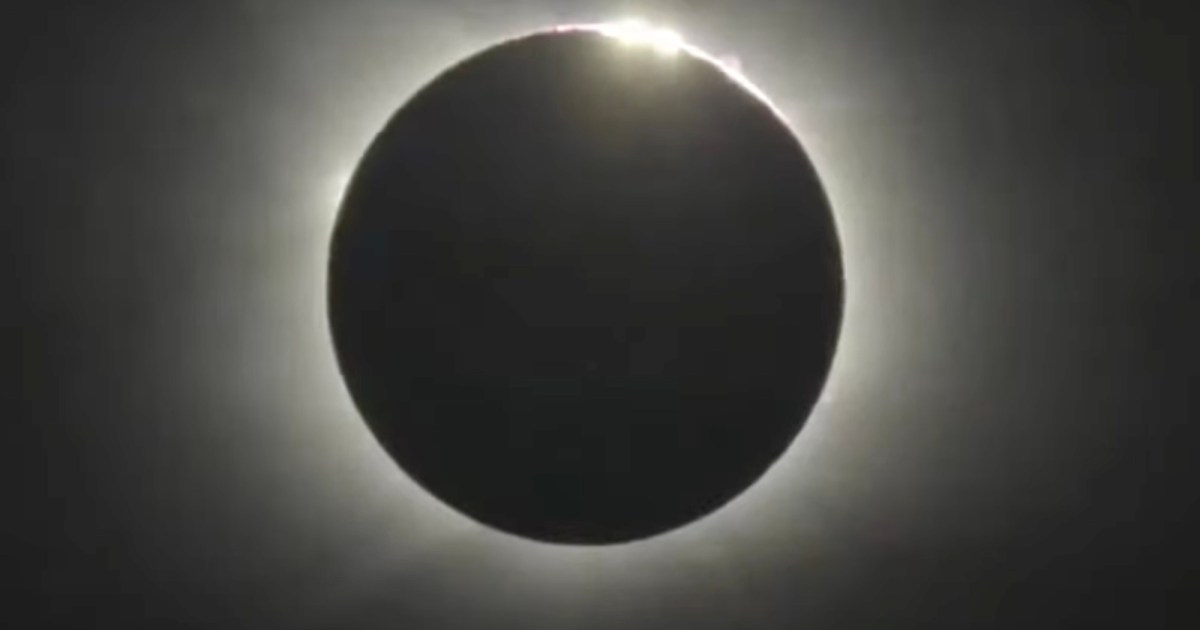Excitement is building for next month’s total solar eclipse that will see the moon’s shadow fall across a large part of the U.S., from Maine in the northeast all the way to Texas in the south.
Folks who make their way to the best viewing spots are reminded to protect their eyes by using specially designed solar specs, or other safe viewing devices, when witnessing the celestial event on April 8. Others may want to photograph the moment the moon comes directly between our planet and the sun (solar specs are still required!), and Nikon on Thursday shared a video offering some handy tips on how to do just that.
Nikon ambassador Mike Mezeul II highlights the different settings you might want to use when photographing the coming total solar eclipse. The tips are more for standalone cameras than smartphones or basic point-and-shoots, and while the video focuses on Nikon camera settings, they should look familiar to those with non-Nikon cameras, too.
He also notes how the eclipse will go through various phases, including the diamond ring effect where a tiny part of the sun breaks through from behind the moon to create such an effect, and totality where the moon briefly comes directly between Earth and the sun.
Preparations for the shoot include getting a decent solar filter for your camera, which reduces the sun’s visible and infrared energy by a factor of around 100,000.
Other tips include shooting in RAW so that you can pull out more detail later on when you edit your images, though Mike adds that if you’ve only ever shot with JPGs, then stick with that for now. With the movement of the Earth and the moon, and possibly windy conditions, a fast shutter speed is recommended, too. A low ISO for relatively noiseless images, and an aperture of around f8 should also be possible.
Mike explains how you will need to make some quick adjustments between the diamond ring effect and totality, including removing your solar filter. A process known as bracketing, where the camera captures the same scene at different settings for a final image with more dynamic range, is recommended for totality, so if you’re not familiar with it then it’s worth learning more about it before April 8.
Indeed, Mike recommends you practice the entire routine before the big day so that you’re not left panicking during the special event. After all, you want to actually enjoy it!
NASA also offers some useful information about April’s total eclipse, a phenomenon that won’t be happening in the U.S. again until 2044.
Editors’ Recommendations


